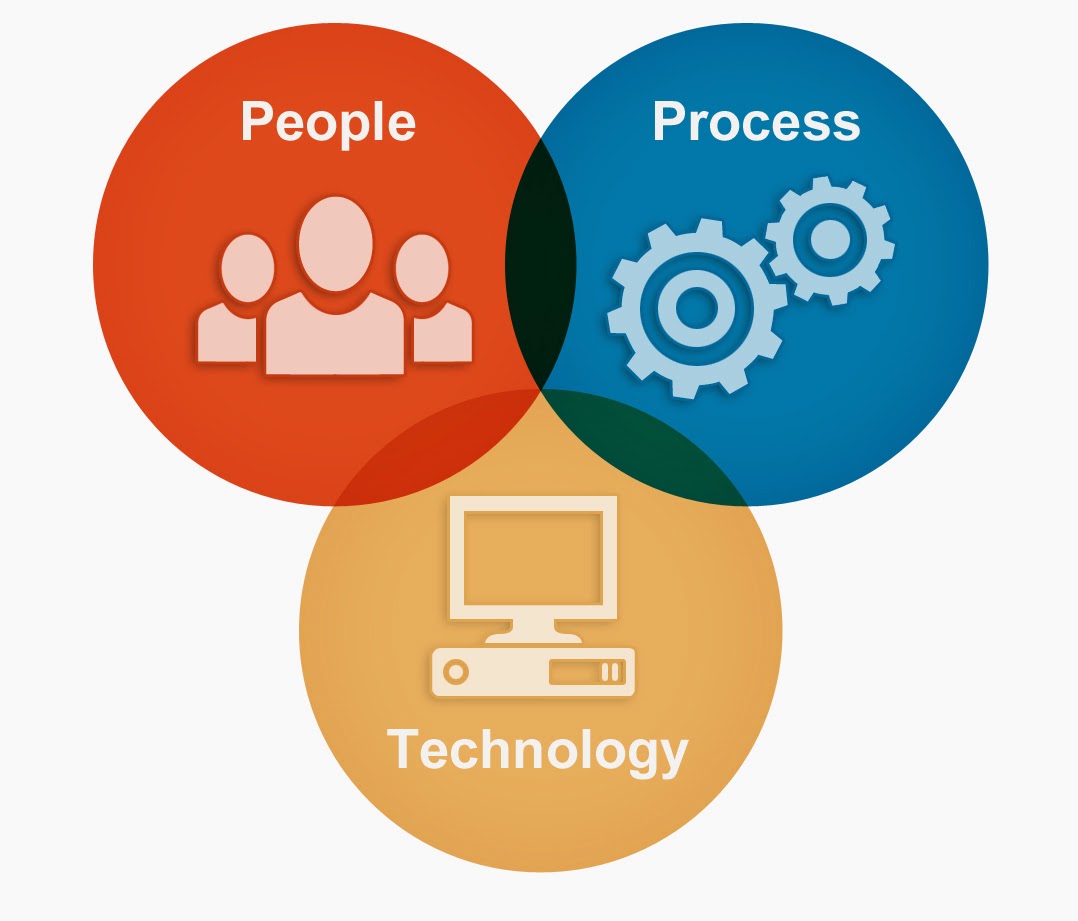Saturday, April 18, 2015
The 5 Steps of Effective Technology Integration

1. Identify relative advantage – Before any new technology enters the classroom, determine whether a relative advantage exists. In other words, is there a need that a given technology tool can address. Identifiable needs might include, but are not limited to, lowered student achievement, waning engagement in learning, new school or district policies, or a redefined set of expectations.
2. Determine objectives and assessments – Once a need has been identified and a given technology’s relative advantage evaluated, the next step is determining objectives and appropriate assessments.To do this, be sure to ask the following questions as you plan: 1) what will students be able to do? 2) how long will it take for them to do it? 3) at what percentage of proficiency will they be able to perform this task? and 3) how are they going to demonstrate that the objective was met?
3. Design instructional strategies – As you move closer to integrating technology into the classroom, take into consideration students’ readiness levels along with their physical and affective needs.This will assist in creating appropriate student groupings and a flowing activity sequence of instruction. Naturally, you are not going to want to begin a large technology-based project on day one. That time should be used to teach students how to use the tool after having already performed a prerequisite needs assessment
4. Prepare the instructional environment – Equally important to designing mindful instructional strategies is ensuring that the learning environment is ready for new technology to be introduced. Aside from building a sound infrastructure for technology-based learning to occur, being acutely aware of the classroom layout, available materials, informational dissemination to learners and parents about new technology, and preparing a backup plan for when technology issues arise ensures the most effective technology integration experience possible for everyone involved.
5. Analyze results and make revisions – Though this is the only step occurring after a given technology is introduced, it is nonetheless essential to the overall integration plan. Teachers at this stage look at the objectives established along with the various assessments administered and make objective conclusions about what worked and what didn’t. Key to any effective and enduring technology integration plan is allowing it to evolve over time through repeated revisions of the previous four steps. Failure to analyze results and revise integration practices can result in frustration, fatigue, and unjustified spending of valuable funds, not to mention missed opportunities for deeper learning and enriched instruction.
Subscribe to:
Comments (Atom)




